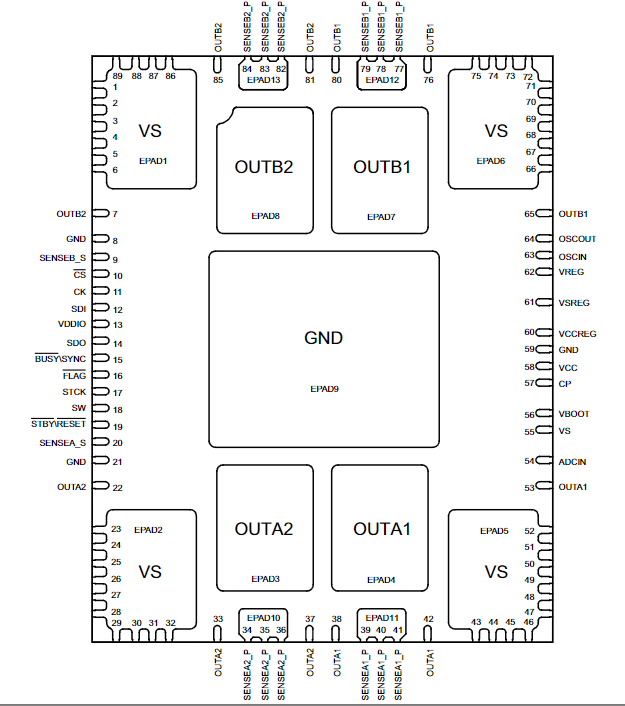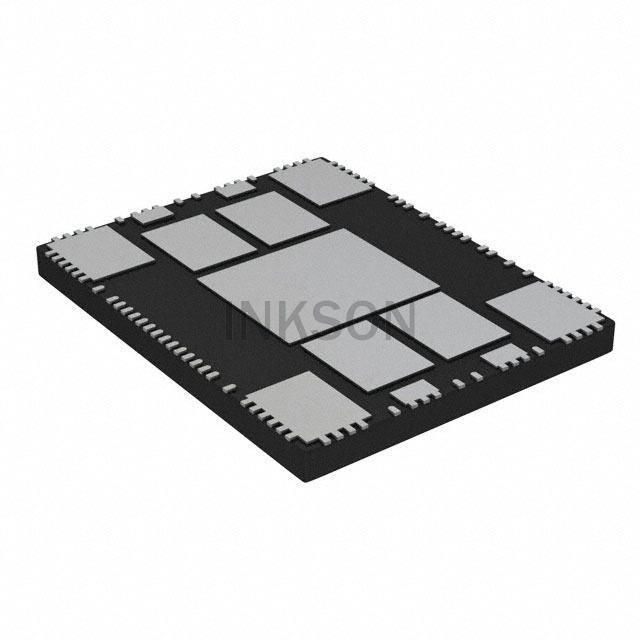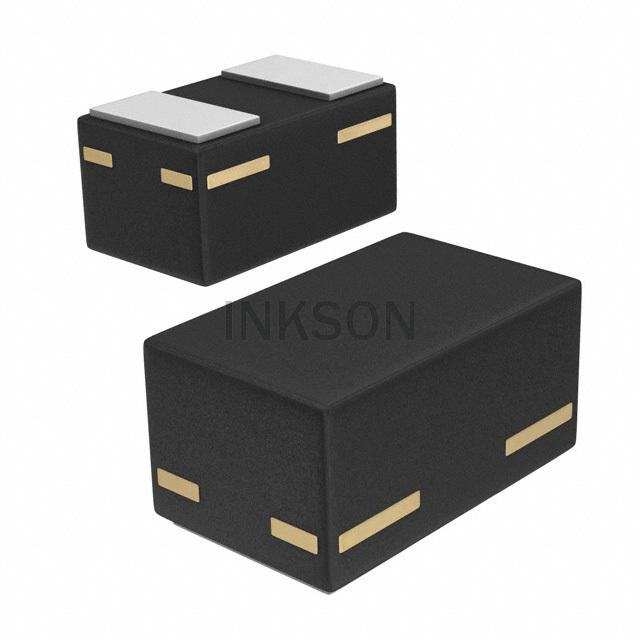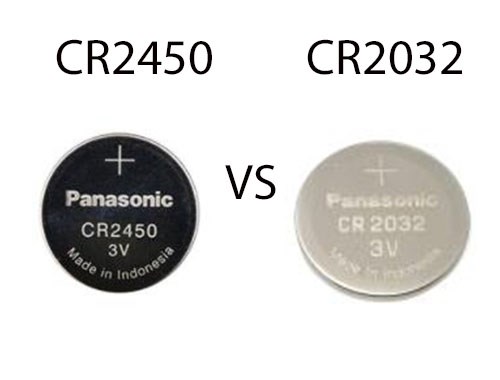The POWERSTEP01 is a complete, dual brushed DC motor driver system-on-chip manufactured by STMicroelectronics. It integrates a dual bridge that makes it capable of driving two DC motors or one stepper motor with high precision and good reliability. Here's an outline of its working principles, functions, and typical applications:
Working Principles:
The POWERSTEP01 operates based on advanced stepper motor control algorithms and powerful driver stages, enabling precise control of motor movements. It contains integrated current sensing for current profiling and control, as well as circuitry for regulating voltage and current to the motor.
Functions:
- Stepper Motor Control: It allows for precise control of stepper motor movements, offering microstepping capability for smooth and accurate motor control.
- Integrated Current Sensing: The device features integrated current sensing that allows for accurate current regulation and monitoring, ensuring safe operation of the motor.
- Microstepping: Capable of microstepping, which allows for finer positioning and smoother motion compared to full-step driving.
- Protection Features: It includes various protection features such as overcurrent protection, thermal shutdown, and under-voltage lockout to safeguard the motor and the driver itself.
- SPI and Step/Direction Interface: The device can be configured and programmed using the SPI (Serial Peripheral Interface) or step/direction inputs, providing flexibility in control and interfacing with external control systems.

Applications:
- 3D Printers: Used to drive stepper motors in 3D printers, where precise control and smooth motion are essential for achieving high-quality prints.
- CNC Machines: Employed in computer numerical control (CNC) machines for precise control of stepper motors used in various axes of motion.
- Robotics: Integrated into robotic systems for controlling movement in various robotic joints and subsystems.
- Automotive Systems: Used in automotive applications for motor control in systems such as automatic window lifters, electronic throttle control, and mirror adjustment mechanisms.
- Industrial Automation: Utilized in industrial automation equipment for controlling conveyor belts, robotic arms, and other motion control applications.
- Medical Devices: Integrated into medical and laboratory equipment for controlling motion in devices such as sample handling systems, precision pumps, and imaging equipment.
Additional Considerations:
When employing the POWERSTEP01 in a specific application, it's essential to consider factors such as motor compatibility, power supply requirements, system-level certifications, and thermal management. Proper attention should be given to PCB layout, current and voltage ratings, and ensuring the appropriate motion control algorithms are employed for the specific motor being utilized. It's crucial to refer to the manufacturer's datasheet and application notes for comprehensive guidance on utilizing the device within its specified operational and environmental conditions.



